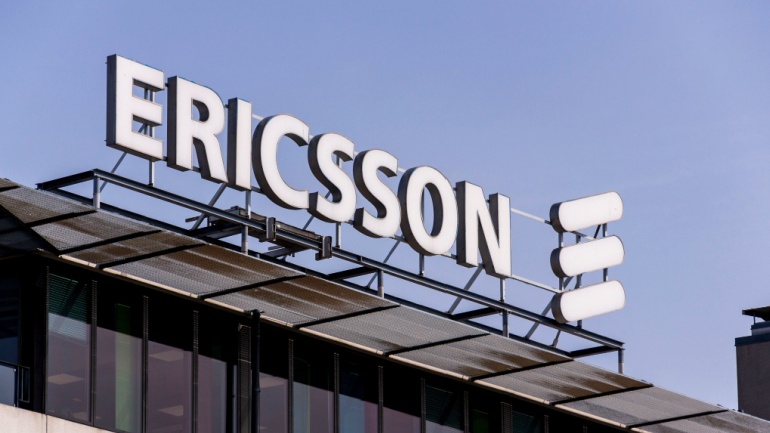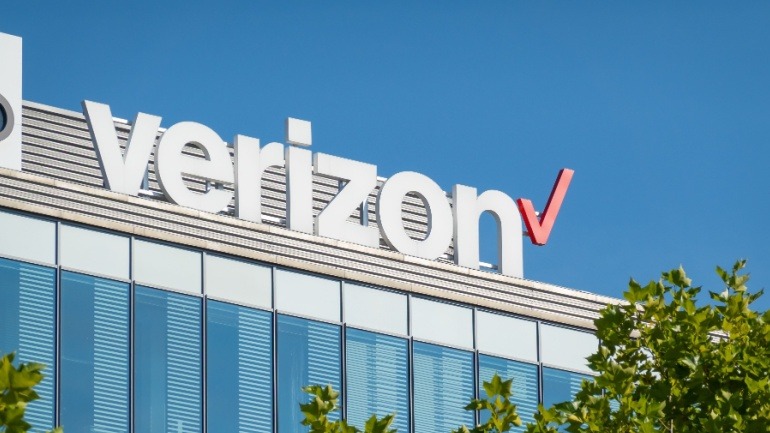This week, the Information Technology and Innovation Foundation (ITIF) is imploring the US government to rethink its approach to several established broadband programs. The ITIF suggests that the budgets for these initiatives might be better spent supporting the groundbreaking Affordable Connectivity Programme (ACP).
Widely hailed as the US government’s most substantial broadband affordability initiative thus far, the ACP is an integral part of the Federal Communications Commission’s (FCC) sustained $17 billion plan. Aimed at ensuring low-income households can access the Internet, the ACP offers remarkable monthly discounts on Internet service bills and tie-in incentives. For example, disconnected families receive a one-time discount of up to $100 to purchase a laptop, desktop, or tablet.
Launched by the Biden administration in November 2021 as part of the sweeping $1.2 trillion Infrastructure Investment and Jobs Act, the ACP has already enrolled nearly 20 million homes nationwide. Still, there’s urgent need for funding to meet the outstanding demand. Current predictions indictate existing funds will be depleted by 2024.
Given this urgent situation, the ITIF asserts that the ACP requires an annual investment of between $5 billion and $6 billion to remain effective. Streamlining the current broadband subsidy landscape is the recommended approach.
Among the programs earmarked for possible discontinuation are the FCC’s Lifeline program and the U.S. Department of Agriculture’s ReConnect program, both now overshadowed by the ACP and the Broadband Equity Access and Deployment (BEAD) funding initiative. The ITIF estimates that by reallocating funds from these redundant programs, approximately $6.43 billion could be secured to bolster the ACP.
Joe Kane, director of broadband and spectrum policy at ITIF and the report’s author, urges decisive action. He notes, “Federal broadband programs are dangerously out of balance…. Yet, the old programs persist, siphoning funding away from more effective ones and increasing phone bills.”
However, while shifting funds seems logical, the report cautions that tackling the digital divide involves more than securing robust funding. Equally, as important is ensuring full digital inclusion through digital literacy initiatives.
The ongoing transformation of the connectivity landscape in the US through government funding and to gain further insights into the upcoming Connected America conference.







